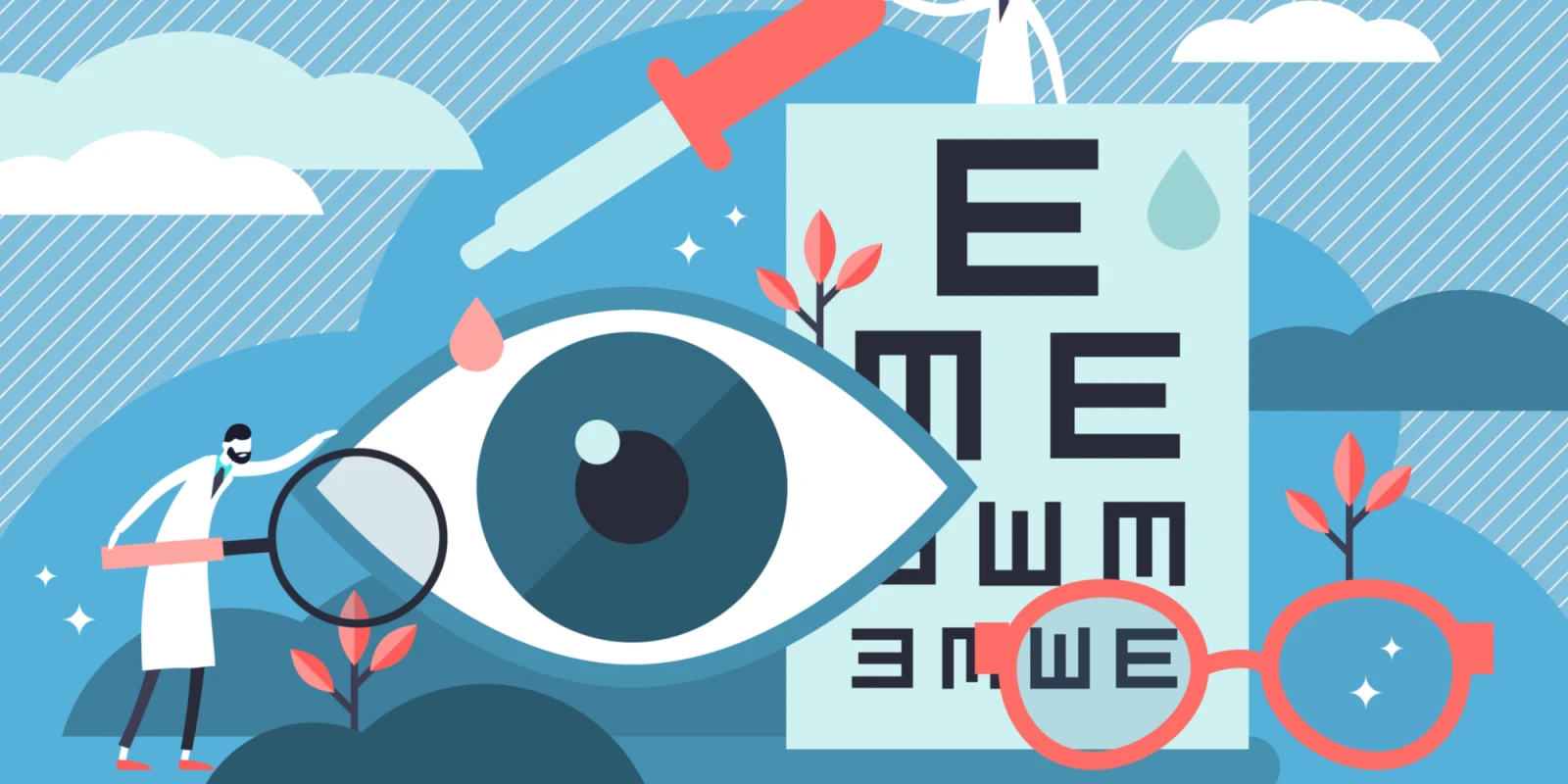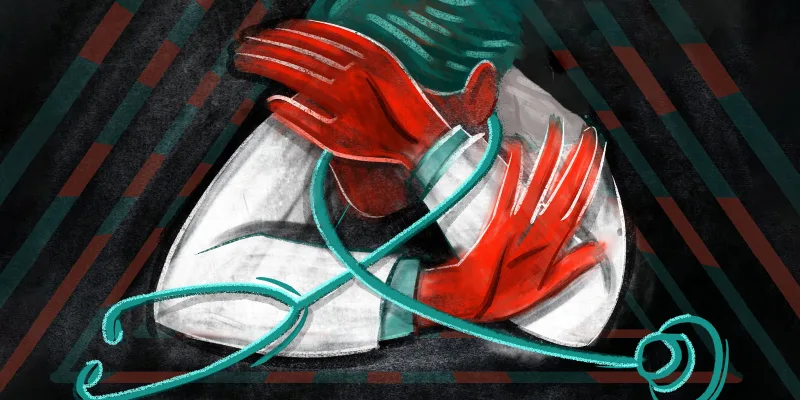 This year, the American Academy of Ophthalmology (AAO) was in San Francisco, California and subspecialty day in neuro-ophthalmology was a special treat. Although we expected to learn a lot at the conference, we were pleasantly surprised by how much fun we ended up having along the way!
This year, the American Academy of Ophthalmology (AAO) was in San Francisco, California and subspecialty day in neuro-ophthalmology was a special treat. Although we expected to learn a lot at the conference, we were pleasantly surprised by how much fun we ended up having along the way!
Although neuro-ophthalmology clinic tends to attract complex cases, including many where no diagnosis has been made despite seeing several providers, the format and content of this year’s subspecialty day made it easier to understand the process that practicing neuro-ophthalmologists use to work through a case.
The stated key learning objectives of the neuro-ophthalmology subspecialty day at AAO included the following:
- Recognize urgent signs and symptoms in the evaluation of adults with diplopia
- Direct the initial work up of a patient with visual loss from optic neuropathy
- Distinguish key manifestations of medication-related and infectious neuro-ophthalmic disorders
- Interpret neuro-ophthalmologic diagnostic testing results and identify pitfalls and key findings
The format was case-based, fast-paced, and engaging. There were expert panels who discussed the case.The chemistry between panelists and the interactivity with the audience were refreshingly educational and entertaining. The speakers and presenters managed to cover all of their stated learning objectives and so much more.
We particularly liked the case-based approach — it made the time fly by. We felt active and engaged from the start to the finish of the day. The scope was broad and interesting (with something for everyone) including a number of very interesting titles and topics: "Bugs and Drugs"; various ways to differentiate glaucoma from "not glaucoma"; and diagnostic traps and pitfalls to avoid in neuro-ophthalmology All of the sessions were high energy, engaging, and educational.
There were also opportunities to "Choose Your Own Adventure"-type participation through audience response. The results of ordering the wrong test or procedure, including both happy and not-so-happy endings for both the doctor and patient, were presented. The audience polls were thought-provoking and kept the audience hooked.
The day started off with a session on “vision loss and how far that symptom needs to be followed.” We learned that when patients complain of vision loss triggered by change in lighting conditions, one must consider retinal etiologies (e.g., ischemia) and that transient vision loss can be a type of transient ischemic attack (TIA). As such a small percentage of these patients can end up with a disabling stroke, so a timely and full stroke work-up is necessary for TIA of the eye (amaurosis fugax).
This was followed by an interesting array of cases where “bugs and drugs” were the main culprits causing ocular symptoms. From erectile dysfunction drugs (e.g., sildenafil) to anti-arrhythmic agents (e.g., amiodarone), many commonly-used drugs have been shown to be associated with vision loss. As clinicians, it is important to be aware of the side effects in order to discontinue them in a timely fashion, should there be signs of toxicity.
This was followed by a highly interesting and animated debate on whether or not non-arteritic anterior ischemic optic neuropathy should be treated with pharmacotherapy. As Dr. Neil Miller stated so succinctly, it is important to observe the principle of "Primum non nocere" (“first, do no harm”). One controversial example was the use of steroids, which can be tried as long as there is no contraindication, although the benefit may be minimal and the results remain unproven.
Double vision was another topic which can confound the best amongst us, and the subspecialty day had a whole session dedicated to it. The most important take home message was that in any patient presenting with a third cranial nerve palsy, it is important to perform vascular imaging on the same day, either magnetic resonance angiography or computerized tomography angiography, as the presence or absence of pain cannot differentiate between ischemic causes and aneurysms.
The day’s proceedings concluded with one last session on various tests that can help make the diagnosis. We left feeling satisfied that we had not only learned a lot over the course of the day, but also that it was all clinically relevant information that we could apply in the neuro-ophthalmology clinic and maybe, someday, save some lives!
As Dr. Lynn Gordon said while she was moderating a session ”patients don’t read the textbooks —so we must consider other possible causes and not just the most common ones.”
Image: Vector Mine / Shutterstock






